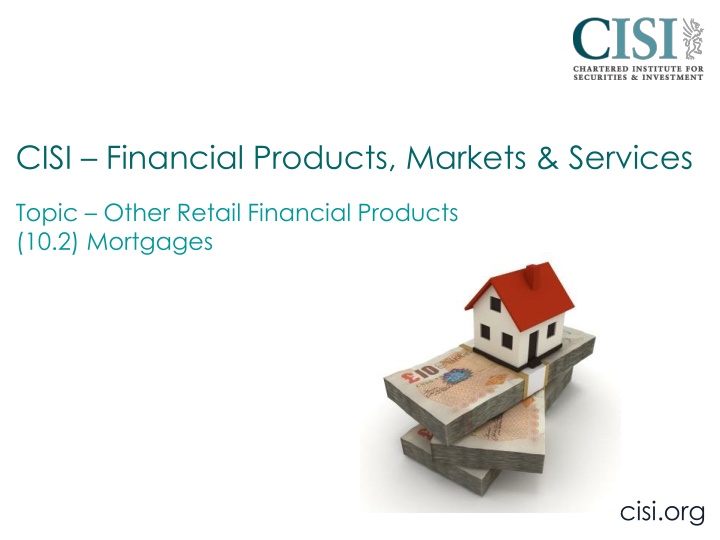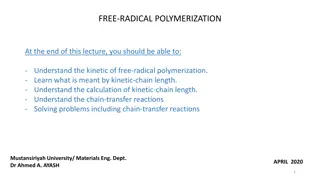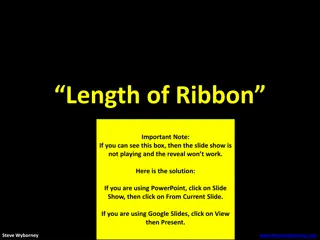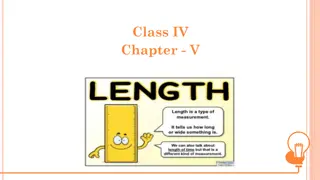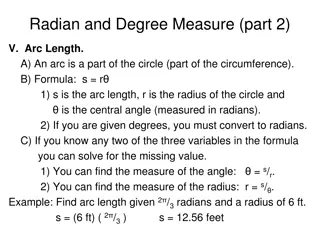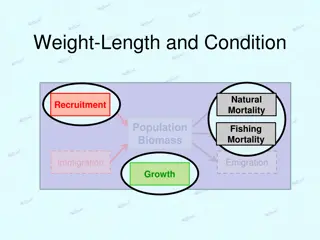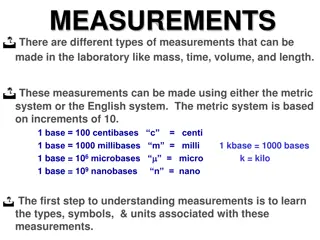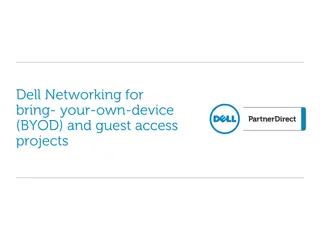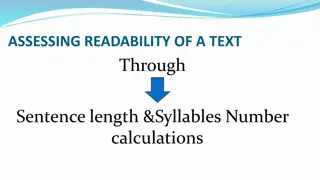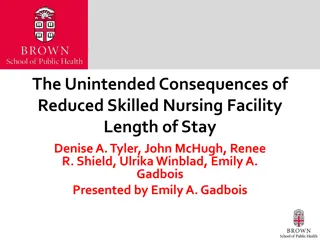Insights on Guest Stay Length Analysis
Delve into the factors influencing guest stays of Sira, Melissa, Lynn, and Juliette, with a focus on seasonal trends, EU crisis impacts, and regional variations. Discover why Asian guests have shorter stays while some regions experience longer durations due to airport proximity and sales markets.
Download Presentation

Please find below an Image/Link to download the presentation.
The content on the website is provided AS IS for your information and personal use only. It may not be sold, licensed, or shared on other websites without obtaining consent from the author.If you encounter any issues during the download, it is possible that the publisher has removed the file from their server.
You are allowed to download the files provided on this website for personal or commercial use, subject to the condition that they are used lawfully. All files are the property of their respective owners.
The content on the website is provided AS IS for your information and personal use only. It may not be sold, licensed, or shared on other websites without obtaining consent from the author.
E N D
Presentation Transcript
CISI Financial Products, Markets & Services Topic Other Retail Financial Products (10.2) Mortgages cisi.org
UK Housing Market Home ownership in the UK: Approximately 27.8 million residential properties in the UK Owner Occupied: Privately rented: Housing Association: Local Authority: 17.9 million 5.0 million 2.9 million 2.0 million Owner occupied properties: i. Only 5.37 million are owned outright (30%) Seeing an increase in private rental properties ii. Approx. 12.5 million are part-owned, part-mortgaged (70%) iii. Only just over 45% of UK residential properties are mortgaged cisi.org
UK Housing Market In 2013, the average price of a property in the UK stood at 242,000. Between 1980 and 2013, on average, UK house prices fell the majority of which occurred during the recession of the early 1990s. House prices are rising The biggest drop, however, was 7.6% in 2009. Rising house prices could partially explain the decline in the number of first time buyers taking out a mortgage. 1980 - 2002, first time buyer mortgages were averaging around 486,000 per year. Declining number of first time buyers 2002 - 2003 31% decline in first-time buyer mortgages 2007-2008 further 47% decrease as the effects of the economic downturn impacted on the housing market. cisi.org
UK Housing Market Fewer numbers of first time buyers has impacted upon on the age of homeowners. In 1991, 67% of those aged 25-34 were homeowners. By 2011/12, this had declined to 43%. Decreasing numbers of younger homeowners There were also reductions in home ownership for those aged 16-24 age group (from 36% to 10%) and for those 35-44 (from 78% to 64%). By contrast, home ownership has increased among older age groups. Another likely contributing factor to the decline in numbers of first time buyers is the rise in the value of deposits paid to secure a mortgage. Increasing deposits paid by first time buyers For first time buyers, the average deposit as a percentage of purchase price increased by almost 10% between 1988 and 2013, standing at 22% of the price of the house. cisi.org
UK Housing Market The overall level of house building in the UK has declined since 1980, with 140,880 houses built in financial year 2013/14 a fall of more than 44% from the 251,820 built in 1979/80. Fewer new homes are being built Problems facing the UK housing market: A constantly growing demand for affordable houses with limited growth in the supply of new homes House prices on the rise Rental costs have also increased as landlords take advantage cisi.org
Government initiatives Help to Buy Schemes backed by UK Government The UK Government have tried to help people get onto the property ladder by offering various schemes to assist with getting a mortgage: Name of scheme Shared Ownership How it works Part-rent, Part-buy Buy a share of your home (between 25% and 75% of the value Pay rent on the remaining share. Buy bigger shares at a later stage Lease hold Equity loan Government lends up to 20% of the cost of a new- build home Buyer needs a 5% cash deposit and a 75% mortgage Buyer not charged fees on the 20% loan for the first five years Right to Buy A policy that goes back to the 1980s and 1990s Council tenants and some Housing Association tenants with at least 5-years tenancy can purchase their home at a large discount cisi.org
What is a mortgage? A mortgage is a secured loan. (The security is the property being purchased) Most people use mortgages to buy their house or flat. They tend to be taken out over a long-term (most run for 20 or 25 years). You can also take out buy-to-let mortgages to purchase rental properties cisi.org
Applying for a mortgage Mortgage lenders (building societies and retail banks) will consider each application for a loan in terms of the credit risk. (The risk of not being paid the principal sum loaned and the interest due). The factors assessed when lending a mortgage are given below: Factor Assessed What do they look at? Income How much do they earn? Are their earnings proportionate to the amount they want to borrow? Often, lenders will lend a maximum of 4.5 x a person s salary How long have they been working for their employer? How likely is that they could lose their job? In the last 5-years, lenders have scrutinised how borrowers spend their money in more detail. How much do they spend on bills and household expenses? Does the borrower have enough left to afford mortgage repayments? Security of employment Outgoings This is the size of the loan in relation to the value of the property being purchased. Loan-to-value ratio The higher the loan-to-vale ratio, the more risky it is deemed by lenders. cisi.org
Loan-to-value ratio This is the size of the loan in relation to the value of the property being purchased. The higher the loan-to-value ratio, the more risky it is deemed by lenders. If the risk is deemed to be higher, the borrower will probably have to pay higher rates of interest. It is normally calculated as a percentage: Amount to borrow X 100 Value of the property e.g. A person wants to buy a flat for 150,000 but needs to borrow 125,000: 125,000 X 100 = 83% LTV 150,000 Before the financial crisis of 2008, some lenders were offering 100% mortgages with borrowers not required to contribute a deposit. cisi.org Borrowers with larger deposits tend to be offered lower rates of interest
Non-payment of a mortgage If the borrower fails to make the agreed repayments and/or the interest payments on the mortgage, the borrower is described as in default . The lender can then re-possess the property, sell the property (often at auction) and then reimburse itself with the proceeds. Any money left over after repayment of the outstanding loan is returned to the former property owner. A second mortgage is sometimes taken out on a single property. If the borrower defaults on his borrowings, the first mortgage ranks ahead of the second one in terms of being repaid out of the proceeds of the property sale. cisi.org
Interest rates on mortgages There are four main methods by which interest can be charged on mortgages. 1. Variable Rate Mortgage The lender charges the homebuyer the bank or building societies standard variable rate of interest LENDER HOMEBUYER The borrower will benefit from the base rate of interest remaining low, but will suffer additional costs if the base rate increases. The lender s standard variable rate then increases and decreases with fluctuations in the base rate of interest set by the Bank of England cisi.org
Interest rates on mortgages 2. Fixed Rate Mortgage Fixed rate borrowers are often required to remain with the lender and pay the lender s standard variable rate for a couple of years after the fixed rate deal ends referred to as a lock in period. The lender charges the homebuyer fixed rate of interest for an initial period of time e.g. 3.5% for 2-5 years LENDER HOMEBUYER If interest rates fall, and perhaps stay low, the fixed rate loan can only be cancelled if a redemption penalty is paid. The borrower will be protected if interest rates increase but if interest rates fall, they will lose out. The penalty is calculated to recoup the loss suffered by the lender as a result of the cancellation of the fixed rate loan cisi.org
Interest rates on mortgages 3. Capped Mortgage The lender charges the homebuyer the bank or building societies standard variable rate of interest LENDER HOMEBUYER The standard variable rate will be capped at a certain percentage. The borrower will pay more for their mortgage if rates rise above the standard variable rate up to the capped rate. They are protected if interest rate rise above the capped rate The standard variable rate cannot move above the capped limit. cisi.org
Interest rates on mortgages 4. Tracker Mortgages The lender charges the homebuyer a rate linked to another rate LENDER HOMEBUYER The rate is linked to the base or bank rate set by the Bank of England (Monetary Policy Committee) e.g. 1% above base The borrower will benefit when Base Rate is low but will pay more for their mortgage if base rate goes up cisi.org
Interest rates on mortgages Discounted Rates Mortgages are no different from loans, credit cards, savings and current accounts in that lenders are competing for your custom. Lending institutions often attract borrowers by offering discounted rate mortgages. A 6% loan might be discounted to 5% for the first three years. Such deals might attract switchers borrowers who shop around and remortgage at a better rate; they may also be useful for first-time buyers as they make the transition to home ownership easier for those with a relatively low but growing level of income. cisi.org
Types of mortgages Repayment Mortgage The most straightforward type of mortgage The borrower makes monthly payments to the lender, with each monthly payment comprising both interest and capital LENDER HOMEBUYER The cost of servicing the loan could increase with changes of the interest rate As long as the borrower meets the repayments each month, he is guaranteed to pay off the loan over the term of the mortgage. The borrower runs the risk of having the property repossessed if he fails to meet the repayments cisi.org
Types of mortgages Repayment Mortgage cisi.org
Types of mortgages Interest-only Mortgages Lenders have to ensure that borrowers have robust investment plans in place to repay their mortgage The borrower makes interest payments to the lender throughout the period of the loan. The borrower also puts money aside each month, into some form of investment to pay off the capital LENDER HOMEBUYER Interest rates may increase and their property is at risk if they fail to keep up the payments to the lender. Investment may grow through regular contributions and investment so that the capital borrowed can be paid off at the end of the mortgage term Additional risk that the investment might not grow sufficiently to pay the amount owing on the mortgage. They may have additional cash after the mortgage is repaid in full cisi.org
Types of mortgages Offset Mortgages Example: You have a mortgage of a 100,000 and have a savings account with 8,000 and 2,000 in a current account. For the purpose of calculating interest, the 100,000 is offset by the 10,000 worth of savings, so in effect you only pay interest on 90,000 of your mortgage borrowing but will not receive any interest on your savings. For the calculation and charging of interest, any mortgage is offset against, for example, any savings you may hold. HOMEBUYER A higher-rate tax payer will not incur tax on any savings interest earned because it has been offset against the mortgage borrowing. As interest is being paid on a slightly lower mortgage, it provides some flexibility to manage finances, pay off the mortgage a little quicker and have more control. LENDER No interest received on savings cisi.org
